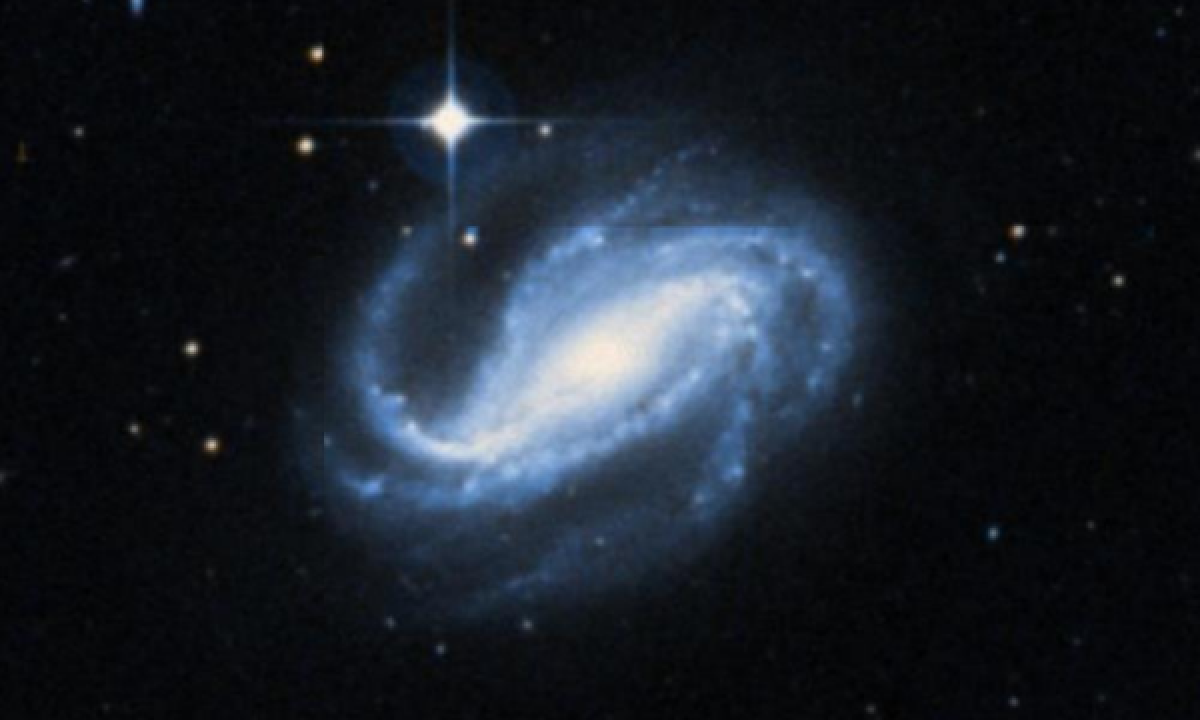The New General Catalogue of Nebulae and Clusters of Stars (abbreviated as NGC) is a catalogue of deep-sky objects compiled by John Louis Emil Dreyer in 1888. The NGC contains 7,840 objects, known as the NGC objects. It is one of the largest comprehensive catalogues, as it includes all types of deep space objects, including galaxies, star clusters, emission nebulae and absorption nebulae.
Know more about NGC
NGC 613

NGC 613 is a barred spiral galaxy located 67 million light years away in the southern constellation of Sculptor. This galaxy was discovered in 1798 by German-English astronomer William Herschel, then re-discovered and catalogued by Scottish astronomer James Dunlop. It was first photographed in 1912, which revealed the spiral form of the nebula. During the twentieth century, radio telescope observations showed that a linear feature in the nucleus was a relatively strong source of radio emission. NGC 613 is inclined by an angle of 37° to the line of sight from the Earth along a position angle of 125°. The morphological classification of NGC 613 is SBbc(rs), indicating that it is a spiral galaxy with a bar across the nucleus (SB), a weak inner ring structure circling the bar (rs), and moderate to loosely wound spiral arms (bc). The bar is relatively broad but irregular in profile with a position angle that varies from 115–124° and dust lanes located along the leading edges. Star formation is occurring at the ends of the bar and extending along the well-defined spiral arms. The central bulge is readily apparent, with a radius of 14″. The classification of the nucleus is of type HII, indicating a match to the spectrum of an H II region. Near the core, the stars have a velocity dispersion of 136 ± 20 km/s. The nucleus is a source of radio emission with the form of an inner ring with a radius of about 1,100 ly (350 pc) and a linear feature that is perhaps perpendicular to it. The latter consists of three discrete blobs spanning approximately 2,000 ly (600 pc). Observations suggest the presence of a supermassive black hole at the core with a mass in the range (1.9–9.6) × 107 times the mass of the Sun.
More Images:

Sources:
Wikipedia Page: NGC 613
NGC 613 at In-The-Sky website
